Spending it up down under
Updated: 2016-01-11 08:16
By Yang Feiyue(China Daily)
|
||||||||
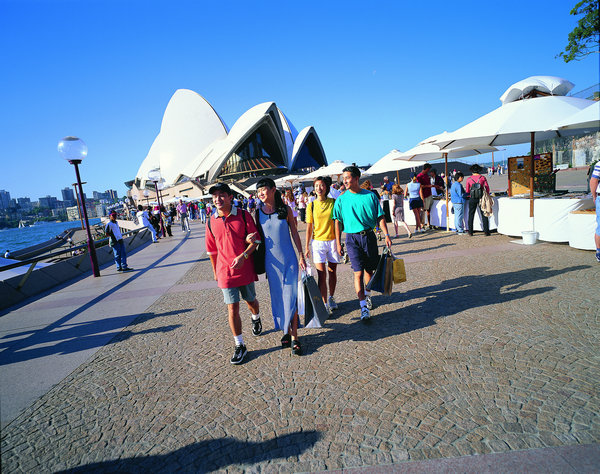 |
|
A group of Chinese tourists on the streets of Sydney. Chinese visitors have spent $7.7 billion in Australia during the 12-month period ending in September 2015.[Photo provided to China Daily] |
Chinese vacationers have overtaken New Zealanders to become Australia's highest-consuming visitors. Yang Feiyue looks at how the land of Oz has become a dream destination for cash-flush travelers before a planned visa relaxation.
Tourists from the Middle Kingdom have surpassed Kiwis to become the top spenders Down Under-to the tune of $21 million a day.
(That amount is likely to surge, since Australia plans to offer multi-entry 10-year visas at the end of 2016.)
Chinese spent more than twice as much cash as Kiwis in the past year, a recent Tourism Research Australia survey says. They dropped $7.7 billion in Oz during the 12-month period ending in September 2015.
Yet China takes the second slot after New Zealand in visitor numbers, despite a more than 20 percent increase in arrivals.
"The astounding figure ($7.7 billion) surpassed all expectations," Tourism Australia's North Asia section's general manager Andrew Hogg says.
"(Tourism Australia) originally forecast Chinese spending would reach $7.4 billion in 2020."
Yet the market potential is far from tapped, Tourism and Transport Forum CEO Margy Osmond says.
"Australia's share of the Chinese tourism market represents less than 1 percent of the 100 million Chinese traveling overseas," Osmond told the Gold Coast Bulletin.
Over 983,000 Chinese had arrived by the end of October.
At the current growth rate, Australia will soon receive more than 1 million Chinese visitor arrivals in a 12-month period, Hogg says.
"(A) key driver of the strong increase in tourist arrivals and spending was the sharp depreciation of the Australian dollar, even after its recent mini recovery," Hogg says.
Beijing-based U-tour International Travel Service reports a 50 percent year-on-year rise in Chinese for whom it booked Australia trips as of November. It carried over 10,000 visitors last year, the travel agency's publicity manager, Li Mengran, says.
The number usually peaks during China's Spring Festival because of the country's Golden Week holiday and warm Australian weather, Li says.
Up to 80 percent of U-tour's travel products to Australia for the Chinese Lunar New Year period offered online were booked as of Friday.
Australia's tourism authority named the company as a key distribution partner for the 2015-17 period.
The episode of the popular Chinese reality-TV show Where Are We Going, Dad? filmed in Australia has enhanced its appeal to Chinese visitors.
Li's company has developed routes based on places featured on the program, in which celebrity fathers travel with their children.
Visitors can stay at local people's houses like the stars and their kids do, and play the same games, Li says.
Most of the company's itineraries last eight to 12 days and cost about 19,000 yuan ($2,880).
The increase in flights has not only contributed to the rising number of Chinese arrivals, but will also continue to do so, as new direct air routes are about to take off.
"More planes, with more connections to more destinations in Australia, are essential to bring the increase in economic value to Australia," Hogg says.
Six Chinese long-haul carriers currently fly to Australia. They are Air China, China Eastern, China Southern, Hainan, Sichuan and Xiamen airlines.
Queensland's government sealed a deal with China Eastern in November to add three more direct flights linking Shanghai and Brisbane from next November. That's expected to carry another 36,500 arrivals and generate $22 million more in annual tourism income, local officials say.
China is already Queensland's No 1 source of inbound tourists. They spent $833 million in the state over the past fiscal year, the Brisbane Times reports.
- A glimpse of Spring Rush: little migrant birds on the way home
- Policy puts focus on genuine artistic students
- Police unravel market where babies are bought, sold as commodities
- More older pregnant women expected
- Netizen backlash 'ugly' Spring Festival Gala mascot
- China builds Mongolian language corpus
- 2 Chinese nationals killed, 1 injured in suspected bomb attack in Laos
- New York, Washington clean up after fatal blizzard
- 'Plane wreckage' found in Thailand fuels talk of missing Malaysian jet
- Washington shuts down govt, NY rebounds after blizzard
- 7 policemen, 3 civilians killed in Egypt's Giza blast
- Former US Marine held in Iran arrives home after swap
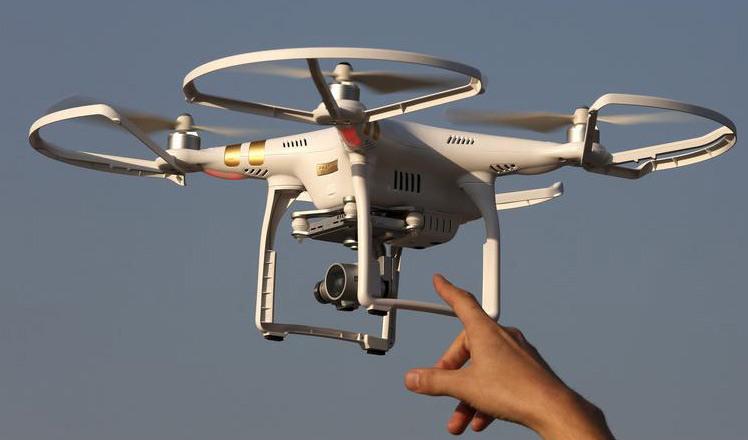
 Drone makers see soaring growth but dark clouds circle industry
Drone makers see soaring growth but dark clouds circle industry China's Zhang reaches Australian Open quarterfinals
China's Zhang reaches Australian Open quarterfinals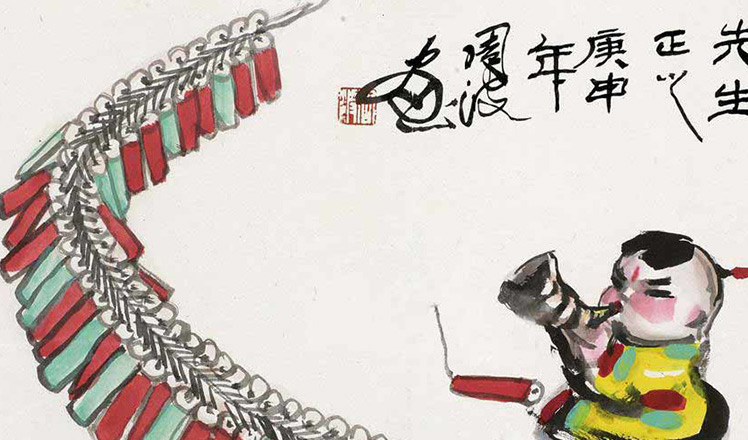
 Spring Festival in the eyes of Chinese painters
Spring Festival in the eyes of Chinese painters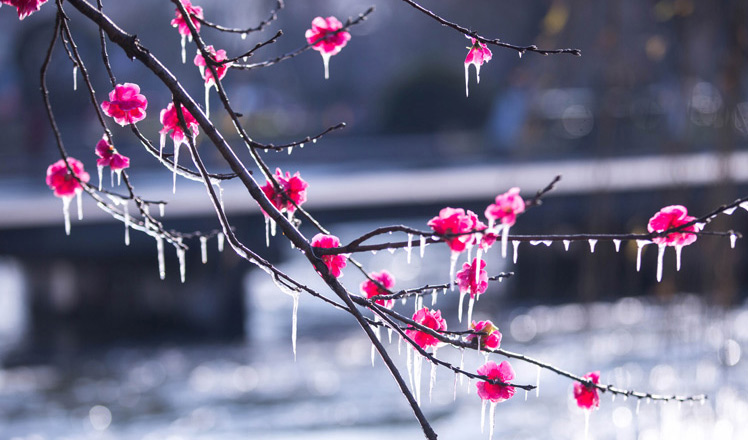
 Cold snap brings joy and beauty to south China
Cold snap brings joy and beauty to south China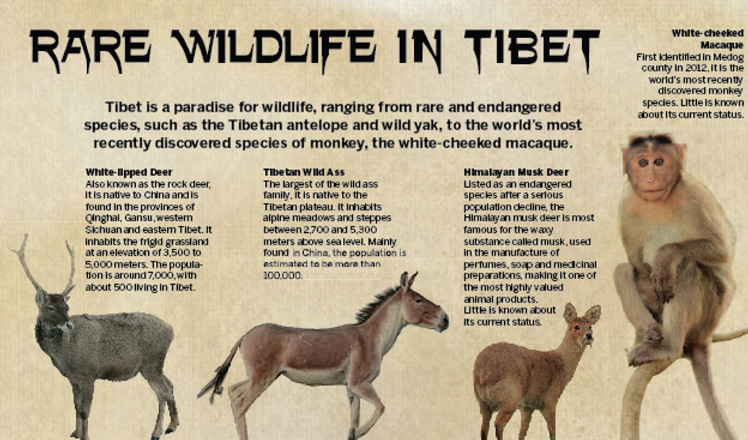
 The making of China Daily's Tibetan-style English font
The making of China Daily's Tibetan-style English font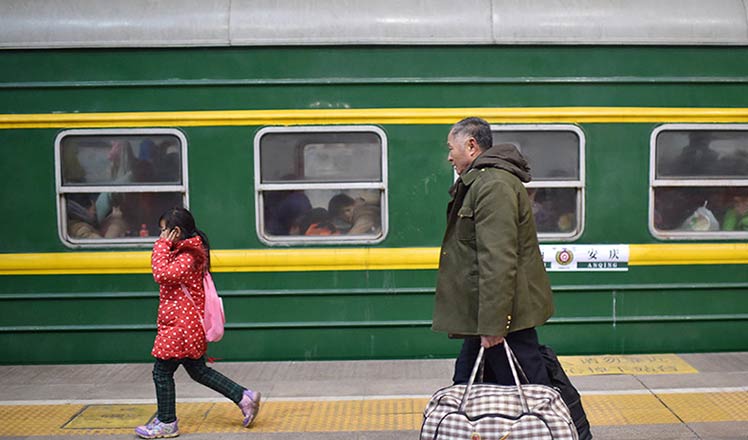
 First trains of Spring Festival travel depart around China
First trains of Spring Festival travel depart around China
 Dough figurines of Monkey King welcome the New Year
Dough figurines of Monkey King welcome the New Year
 Ning Zetao, Liu Hong named China's athletes of the year
Ning Zetao, Liu Hong named China's athletes of the year
Most Viewed
Editor's Picks

|

|

|

|

|

|
Today's Top News
National Art Museum showing 400 puppets in new exhibition
Finest Chinese porcelains expected to fetch over $28 million
Monkey portraits by Chinese ink painting masters
Beijing's movie fans in for new experience
Obama to deliver final State of the Union speech
Shooting rampage at US social services agency leaves 14 dead
Chinese bargain hunters are changing the retail game
Chinese president arrives in Turkey for G20 summit
US Weekly

|

|







